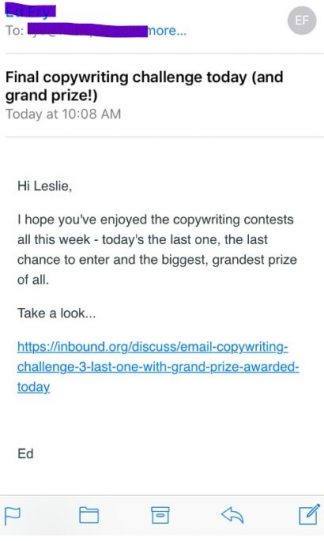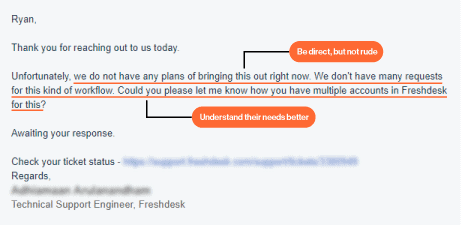|
|
||
|
“The more you say, the less people remember.” – François Fenelon |
||
|
Question. Would you read a novel in an email? When was the last time you read through a long, rambling email? Maybe never… Most people don’t have the time or patience for lengthy messages. Yet it’s important to get your message across. If you’re too brief, you risk leaving out important details and confusing your reader. Short emails can be incredibly effective in reaching your audience if you focus on the essentials. The famous Gettysburg Address, given by Abraham Lincoln contained only 271 words and George Washington’s second inaugural address remains the shortest ever delivered, at just 135 words. Combine that with C S Lewis’s famous letter to Joan Lancaster – the five pieces of writing advice in it are must-follow. So: focus on the essentials. |
||
Super-Short Emails That WorkSo, how long should your emails be? A Boomerang study found that emails with 75-100 words have the highest response rate at 51% – going under 50 or above 125 words reduced response rates. Now let’s look at some examples.
To summarize:
|
||
Exciting giveaway 🎉…Since we’re talking about email effectiveness we’re giving away Icegram Express Max licenses for a whole year to 5 people. To enter, just click the link below and follow the instructions. But, hurry up! You only have until May 15th to enter. Click here to enter the May draw! 🌸 |
||
|
An email is like a bullet, make sure it hits the target. What other topic would you like to read about? Reply to this email and let me know. |
||
|
Until then, |
||
|





